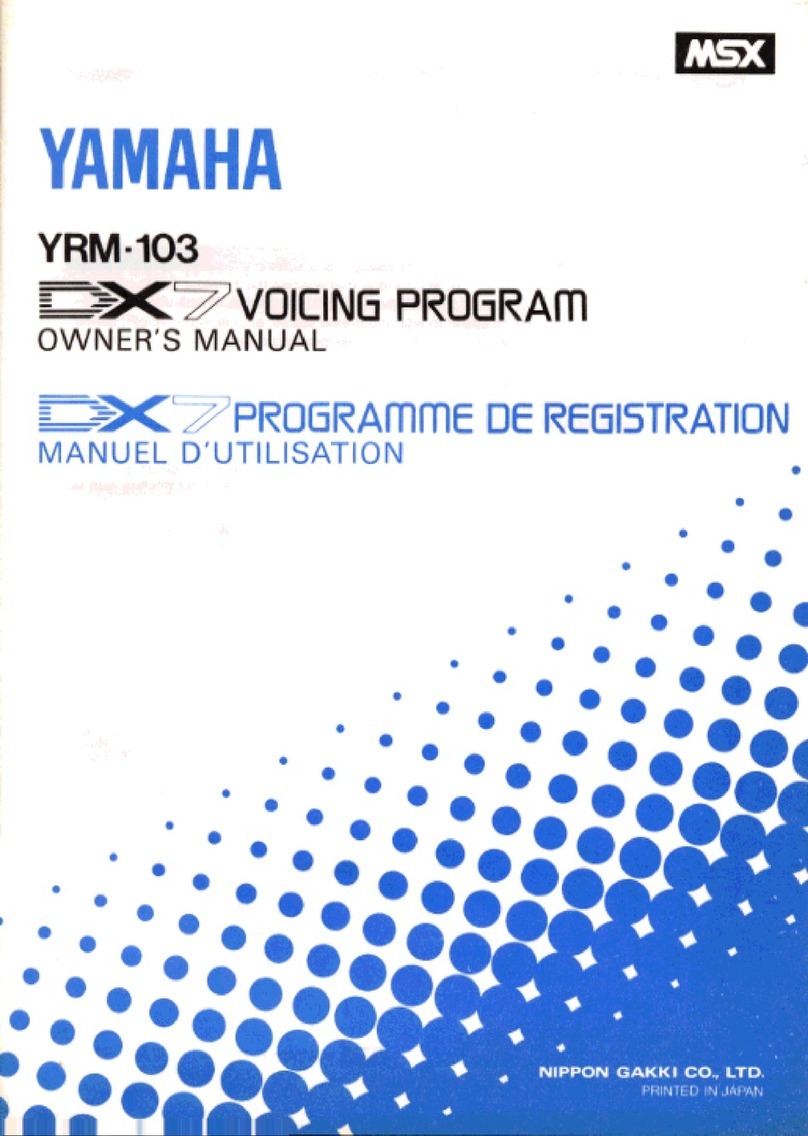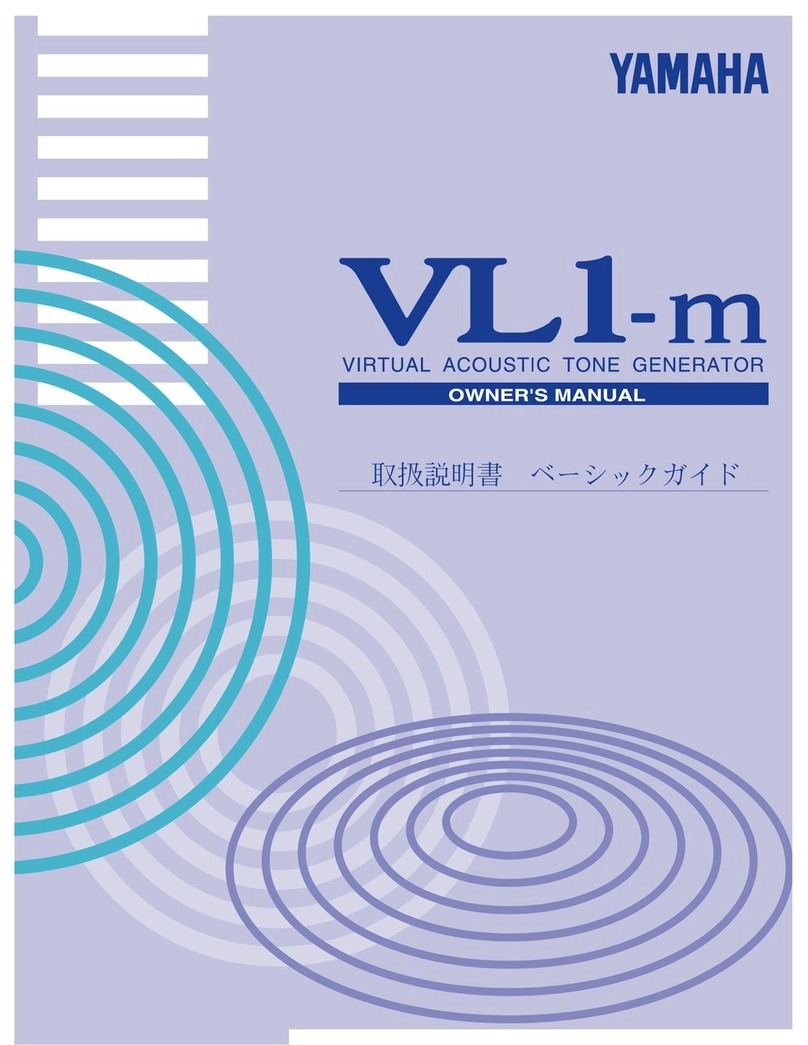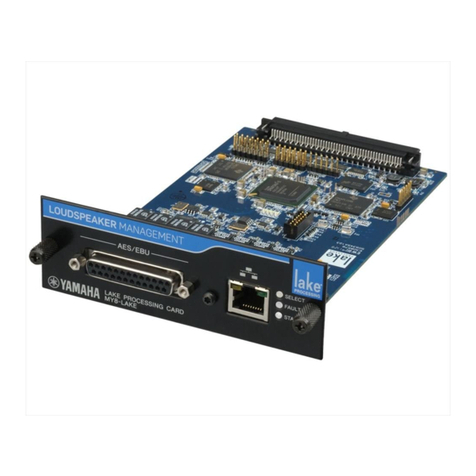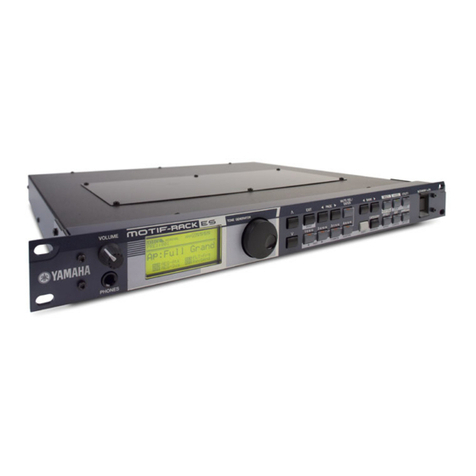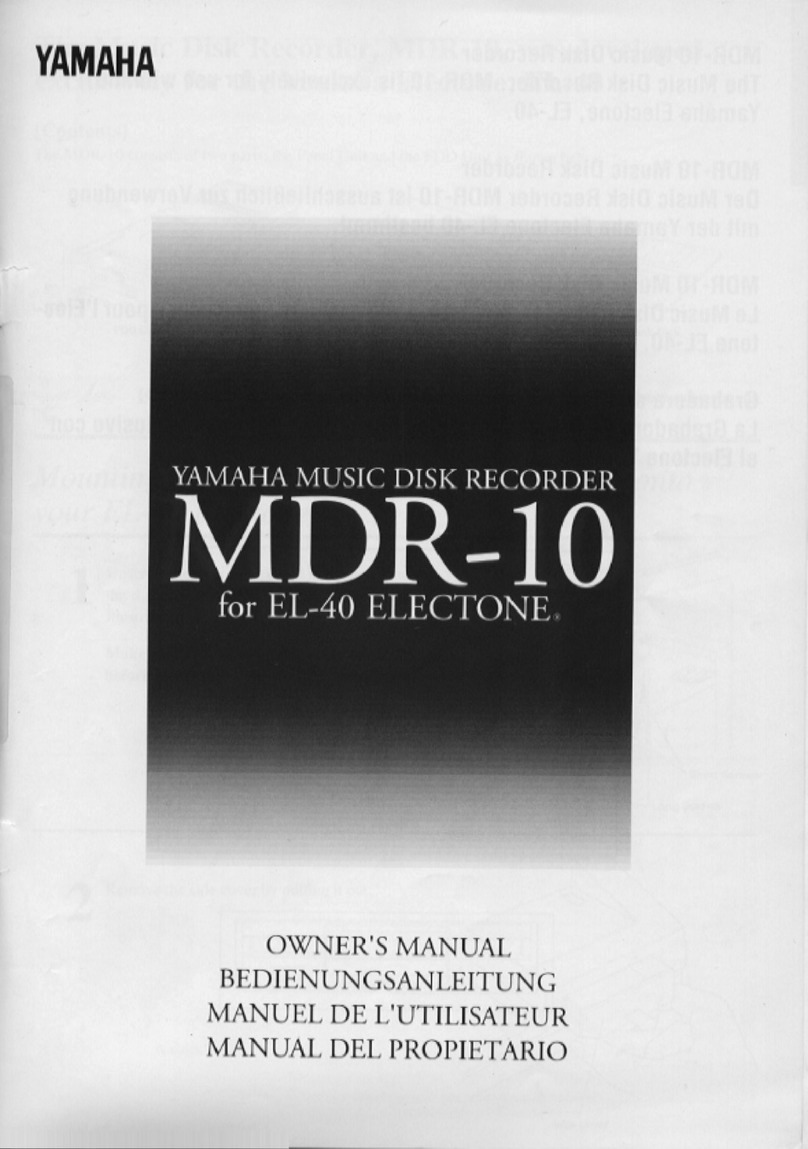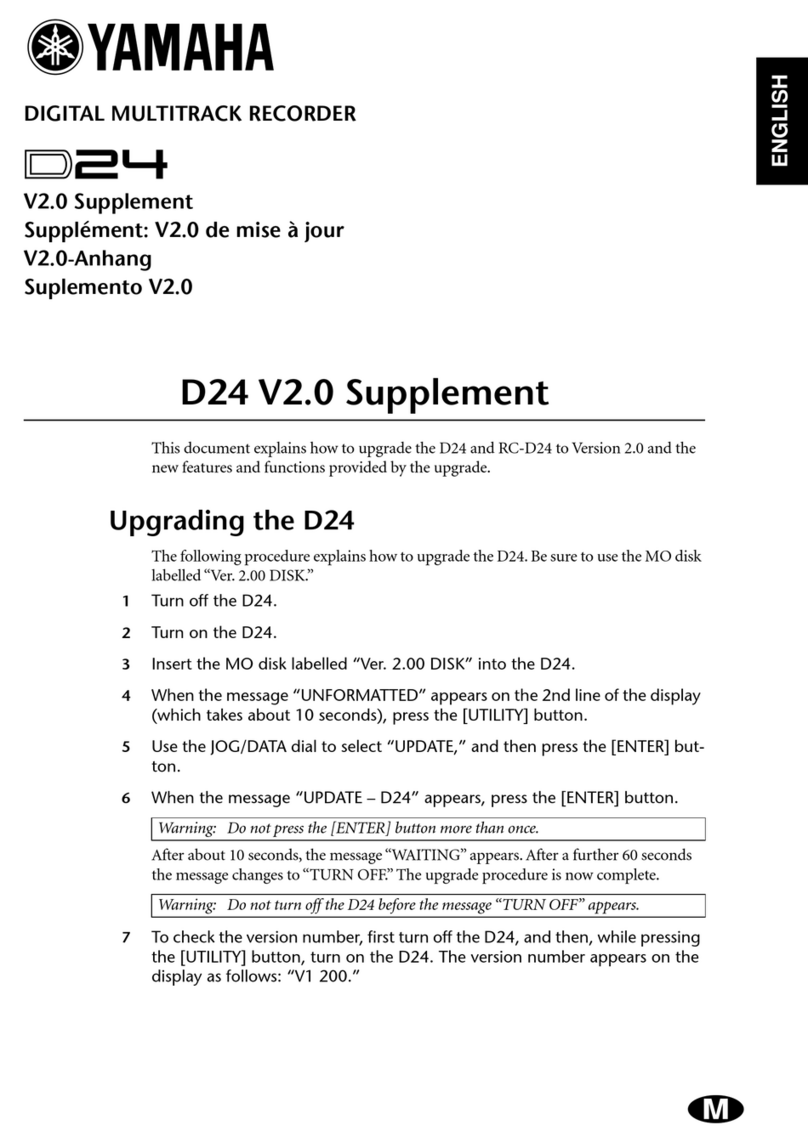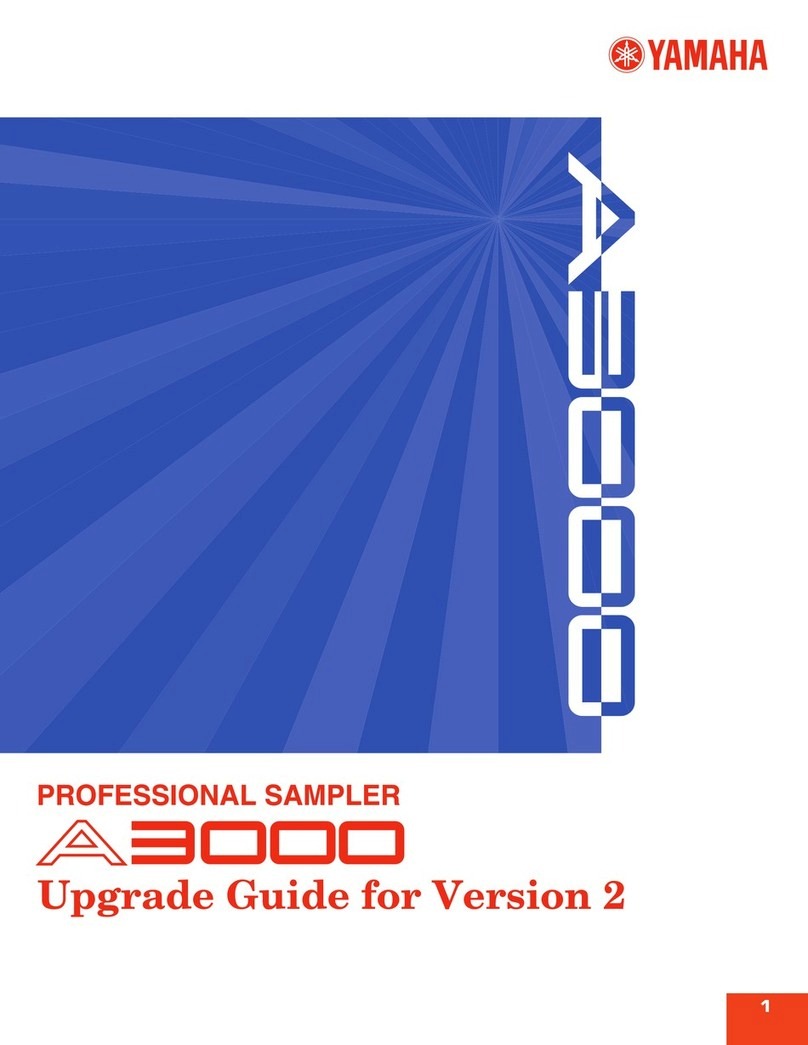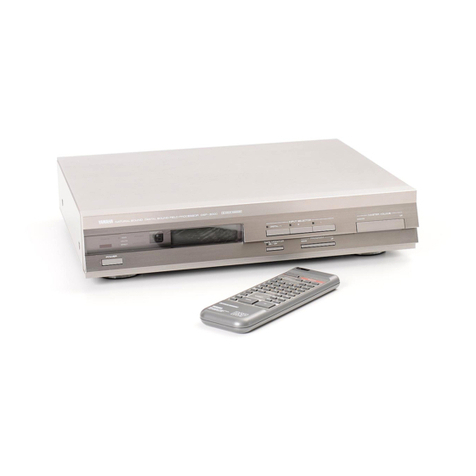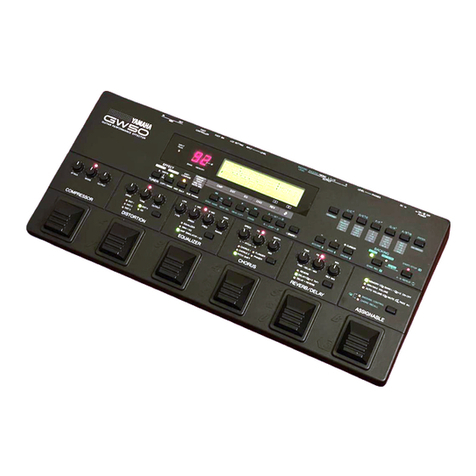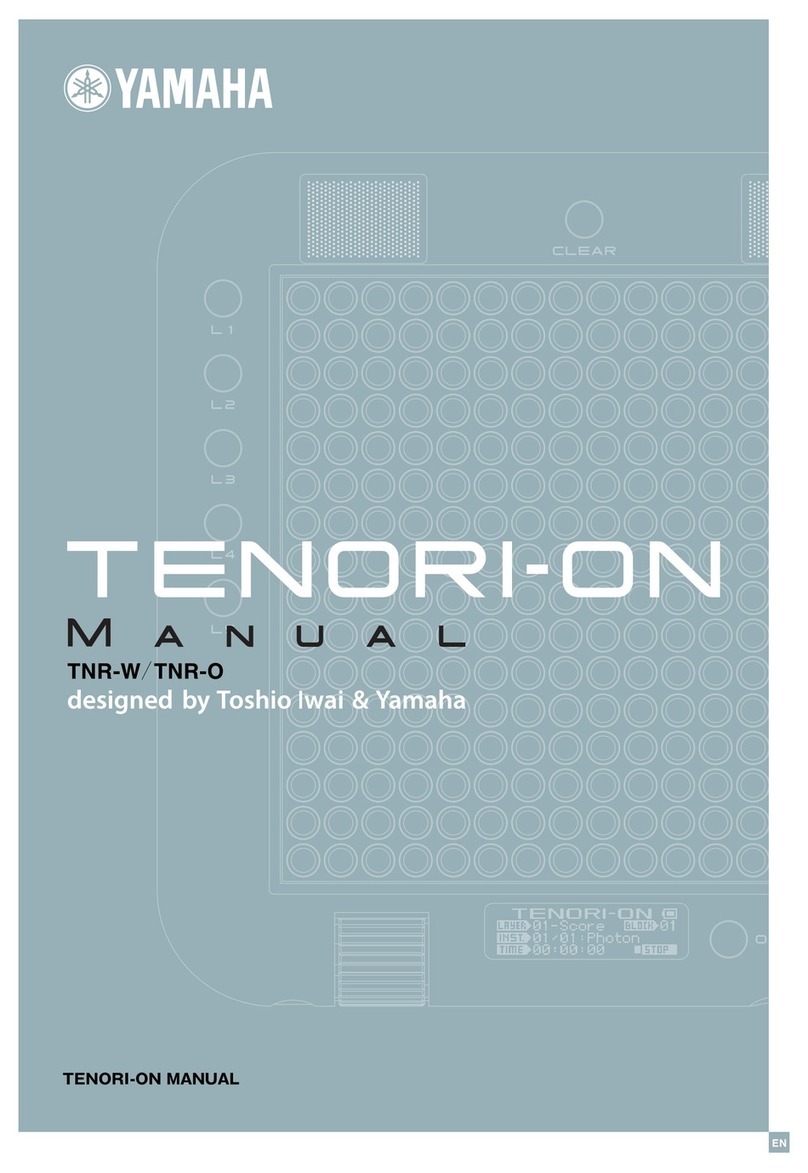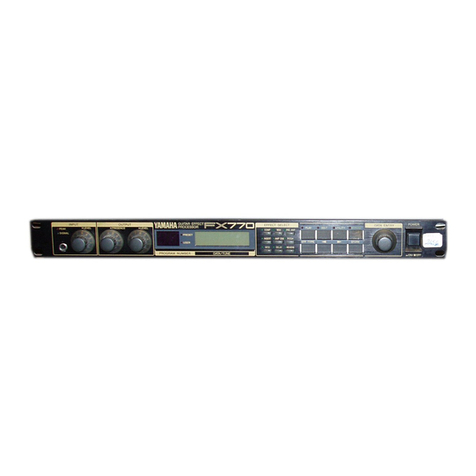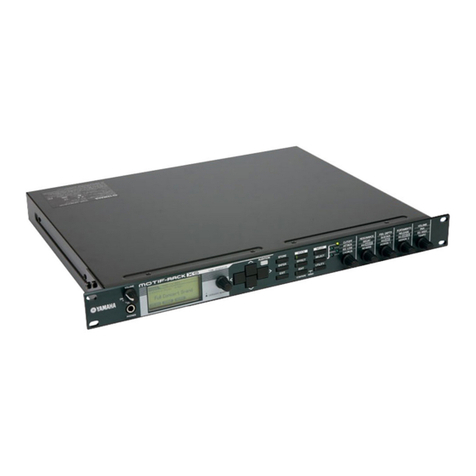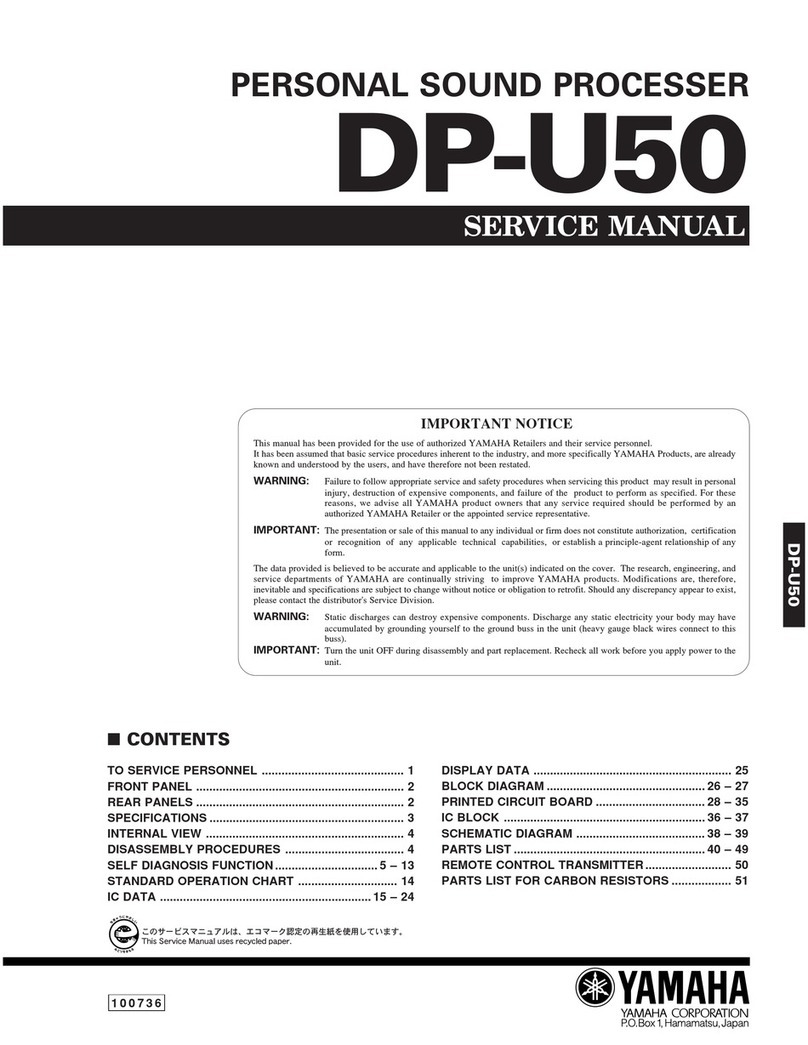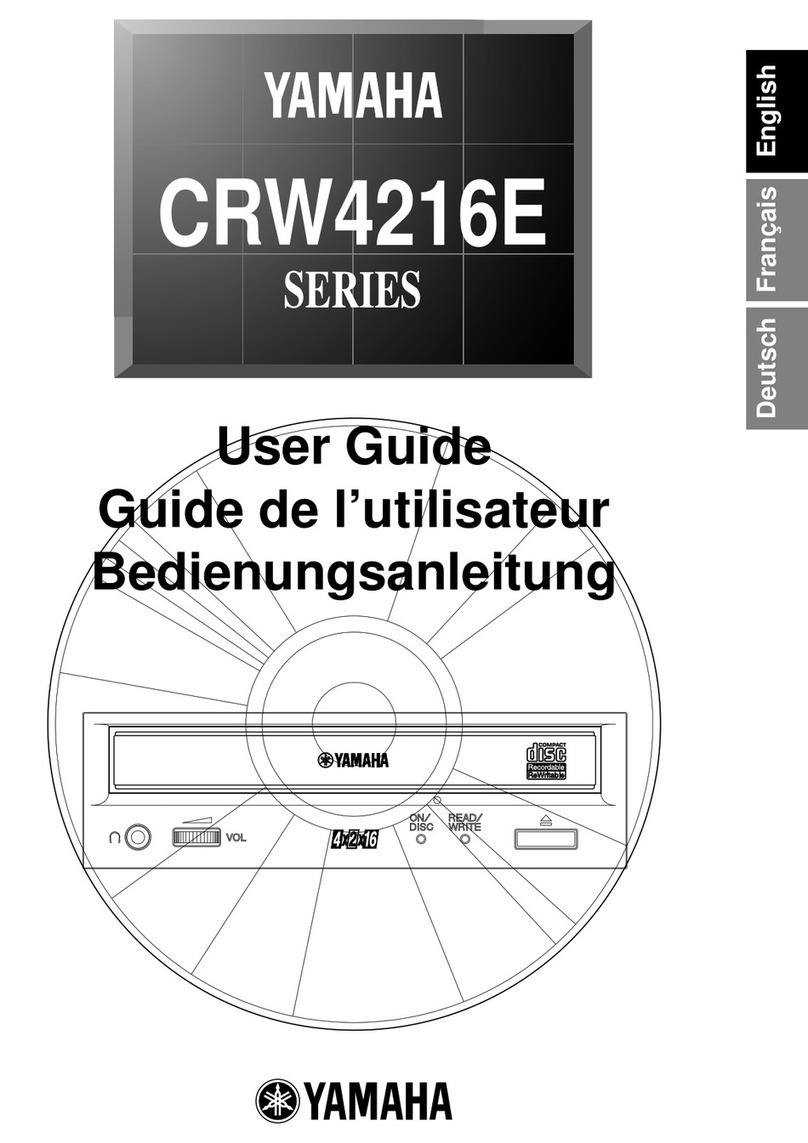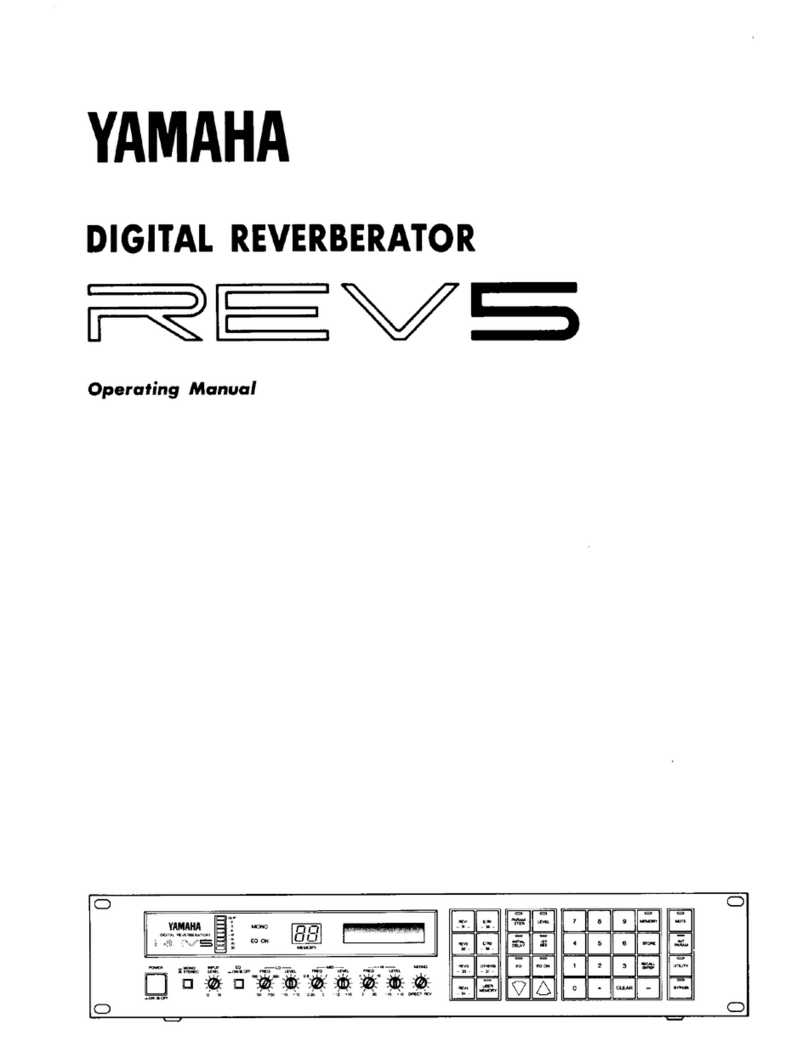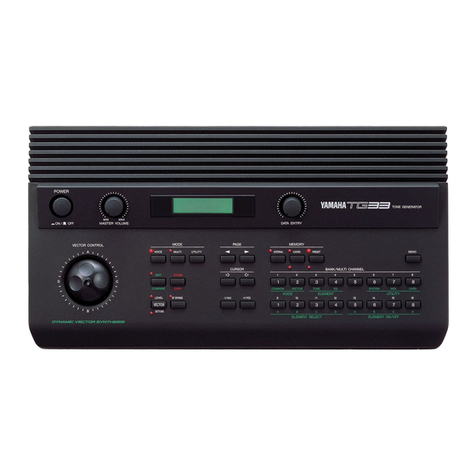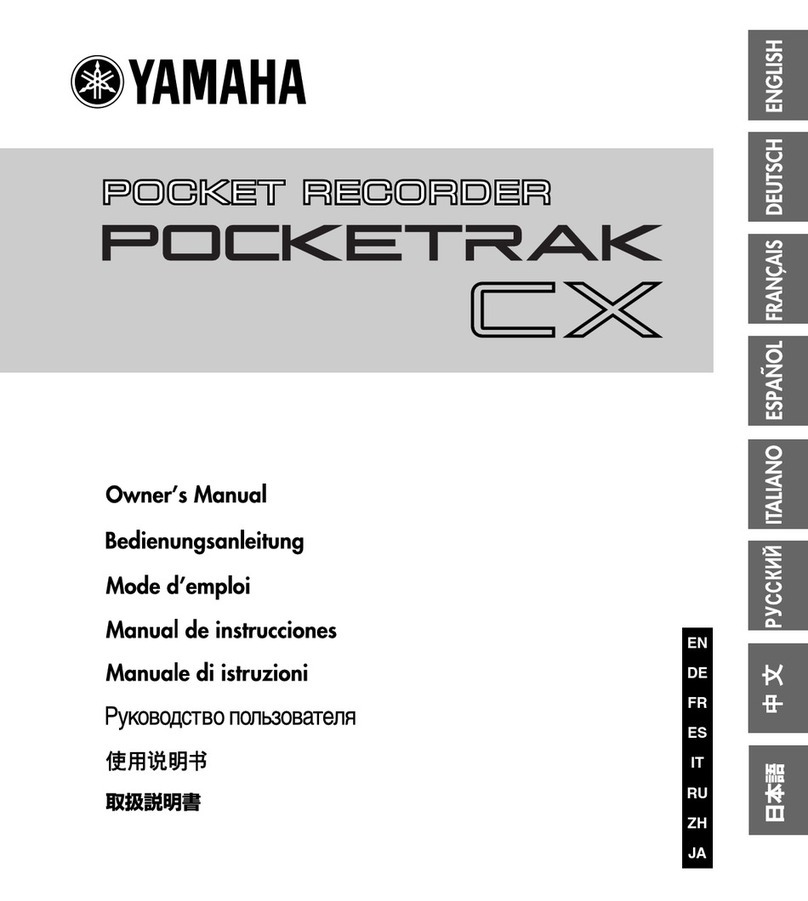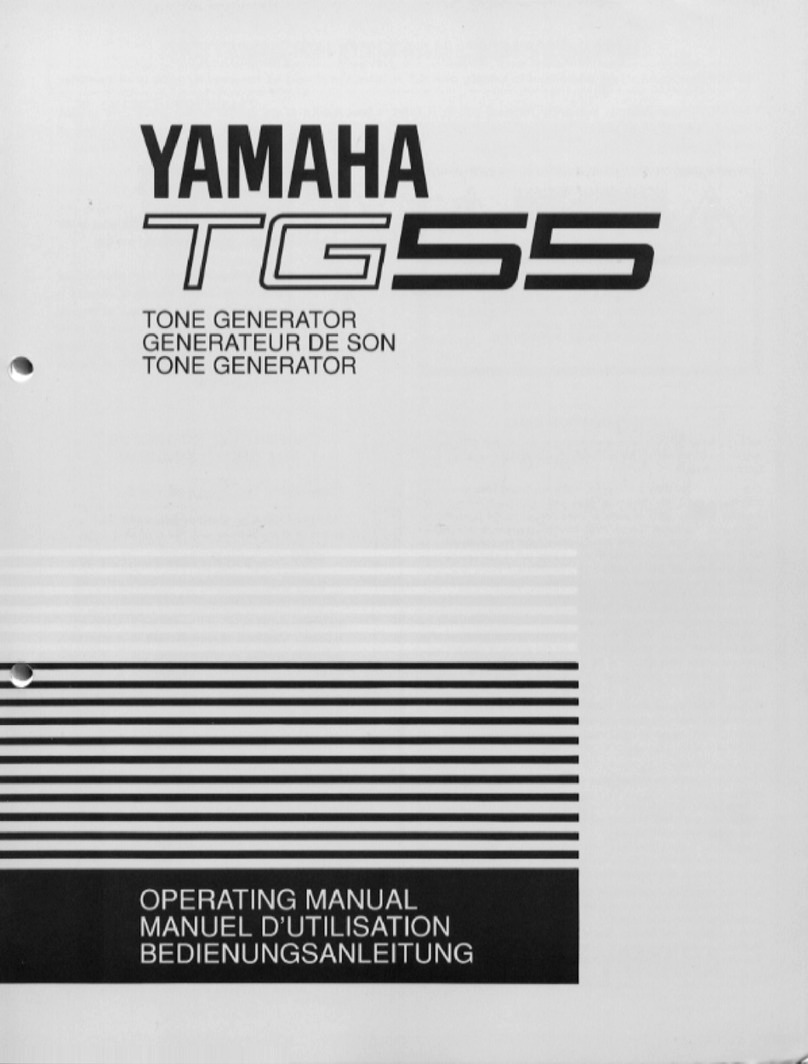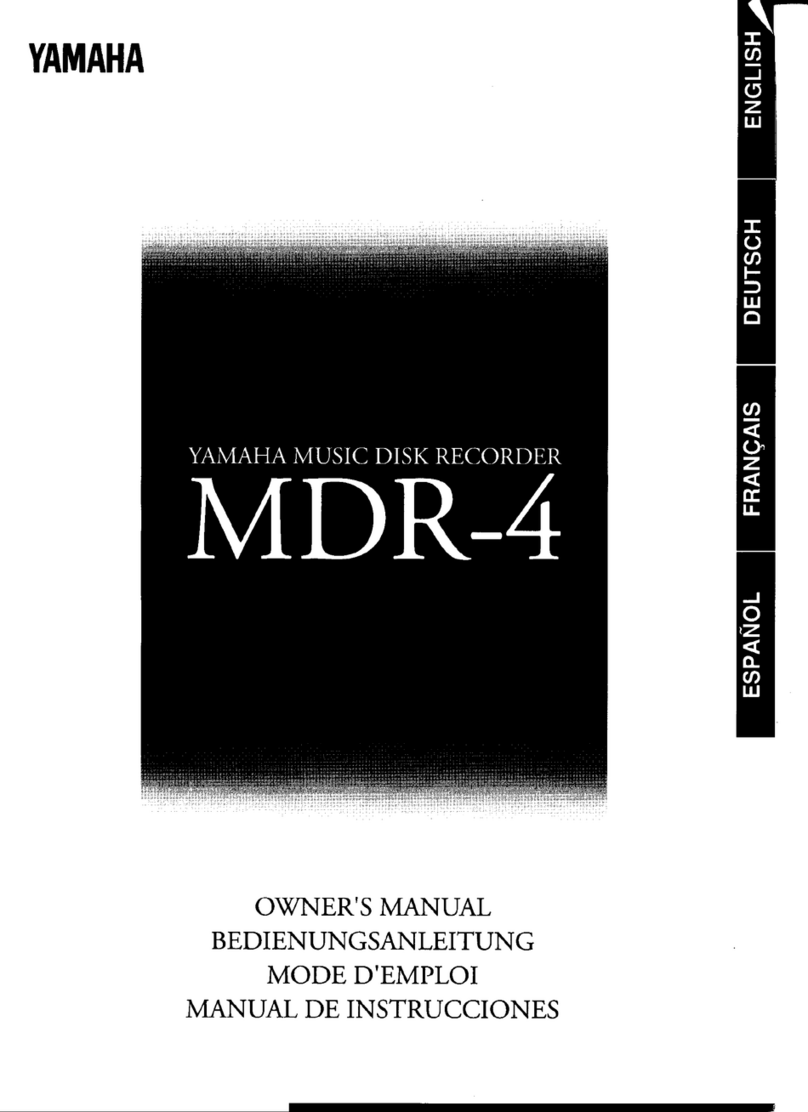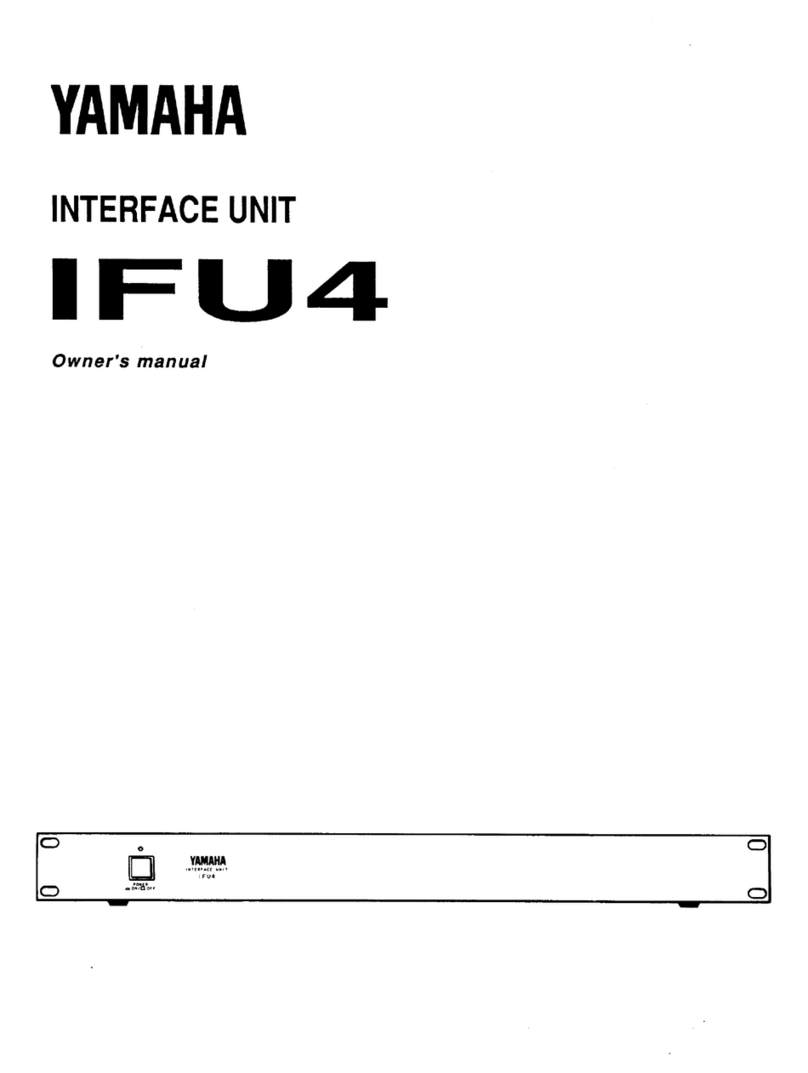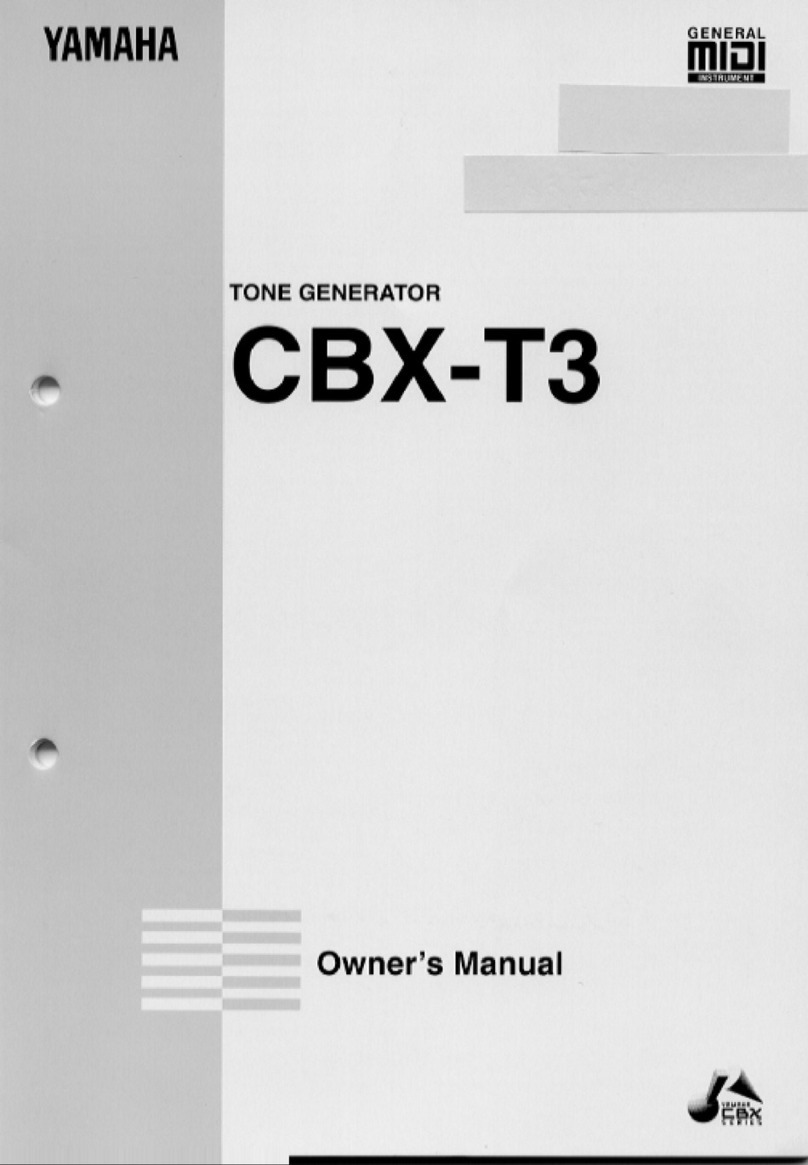
A word on Control Knob twisting: You will feel a center détente at the 12 o’clock position on each control
knob. Depending on the selected and assigned function, this center value might be different. For the primary
functions (A): Time Stretch, Clock Shift, Gate Time, Velocity, Cutoff, Resonance, EG Decay and Pitch Bend
the 12 o’clock position represents normal, because you can increase or decrease the value from the current
value. For the following secondary functions (B is selected, LED out): MIDI Delay, Variation send, Reverb
send, Chorus send, and Part Volume the knobs behave from minimum to maximum (7 o’clock as minimum
through 5 o’clock maximum position) like a typical volume knob. However, the Octaver, Harmonize 1, and
Harmonize 2 add parallel parts either above and/or below the original pitch (12 o’clock position).
The Play Effects are so named because the effect the playback of data. The upper 4 knobs are the PLAY
EFFECTS: Time Stretch, Clock Shift, Gate Time, Velocity, or MIDI Delay, Octaver, Harmonize 1, and
Harmonize 2. They all alter the data non-destructively during playback.** The bottom 4 knobs are VOICE:
Cutoff (74), Resonance (71), EG Decay (75), Pitch Bend (PB) or Variation send (94), Reverb send (91),
Chorus send (93) and Part Volume (07). They alter the data non-destructively, as well. Changes are
recorded directly into tracks as standard control change messages (number in parenthesis). Play Effect
data can be made permanent either by using the Normalize Play Effect edit Job or placing the track in
OVERDUB record.
The Play Effects Defined
The Play Effects are among the most powerful musical features of the RM1x. Below is a list of the RM1x's
play effects and a definition of what each one does:
lBeat Stretch: Takes the playback of a track can multiplies or divides the playback speed (without
effecting pitch -it is MIDI data, after all). 100% = normal playback; 25% is 4 times as fast -it plays in
25% of the time through to 400% takes 4 times as long to play -¼speed. This function is best used
in Pattern mode.
lClock Shift: will take the playback of a track and offset its timing +/-, in 120 tick (1/16th note)
increments. The knob at 12 o’
clock position is normal timing. By turning the knob clockwise you delay
the track in increments 120, 240, 360 or 480 clock pulses -a 1/16th, 1/8th, a dotted 1/8th or a full beat.
Turning the knob counterclockwise from 12 o’clock you offset the track ahead of the beat by an equal
amount.
lGate Time: refers to the duration of a played note. If a note was held for a whole note value you can
increase or decrease the amount of time the note plays by moving the knob clockwise (increase) or
counterclockwise (decrease) from the normal position at 12 o’clock.
lVelocity: will take the recorded velocity of a track and offset it above or below the 12 o’
You cannot, however, exceed a velocity of 127 nor reduce it to a velocity lower than 0.
lMIDI Delay: will generate new note-ons for an ‘in’tempo effect. Repeat values include triplet values.
Control works minimum (7 o’clock) to maximum (5 o’clock). The delay parameters can be set in the
Edit section.
lOctaver: adds a note at octave intervals above or below normal voicing at 12 o’clock.
lHarmonize 1: adds a parallel note at the interval set by the knob above or below normal pitch a 12
o’clock.
lHarmonize 2: works the same as Harmonize 1
The Voice Knobs Defined
Page 6of 10RM1X Remix Sequencer
6/20/03file://J:\Yamaha\dmi\products\rm1x\index.htm
